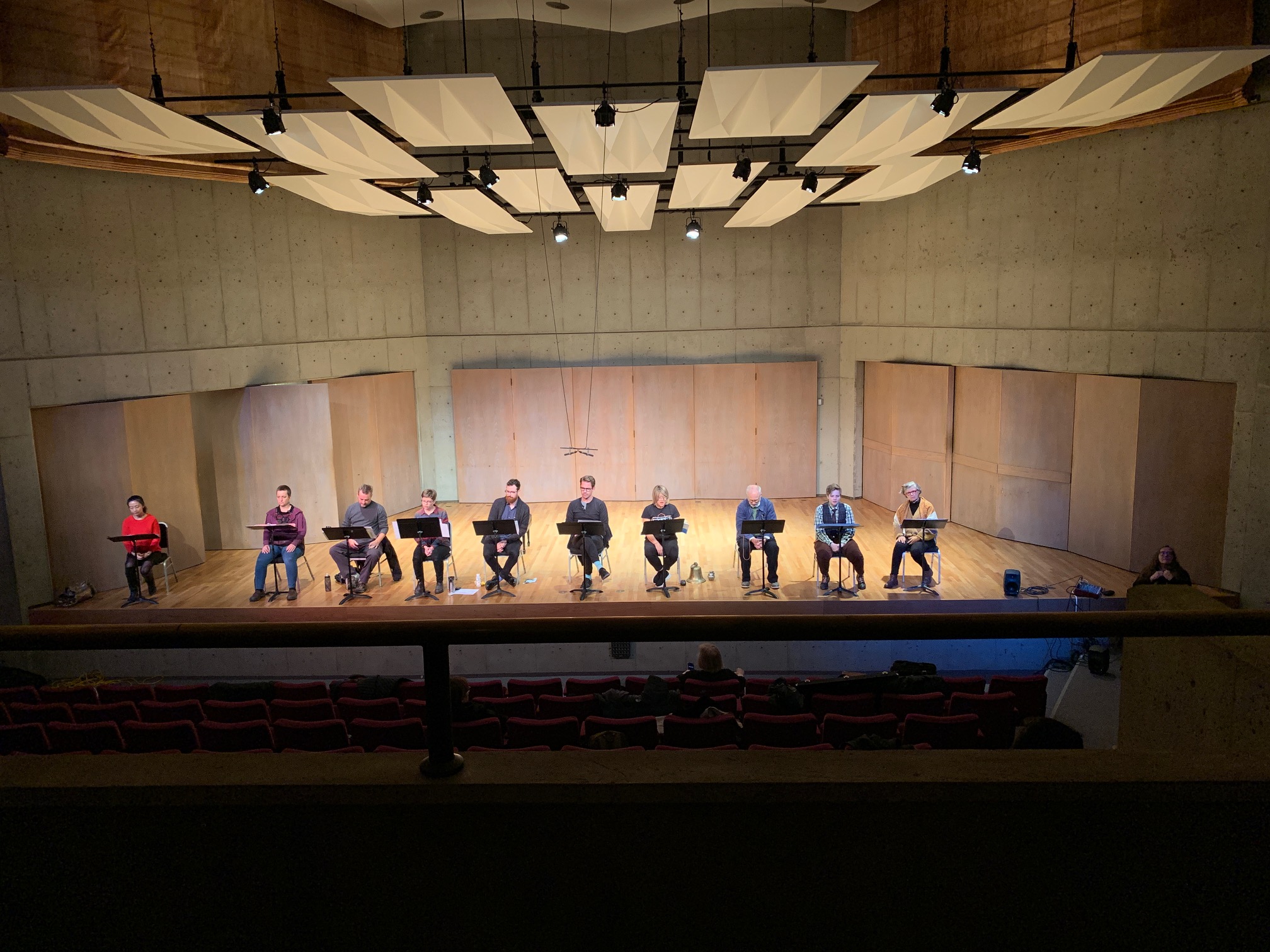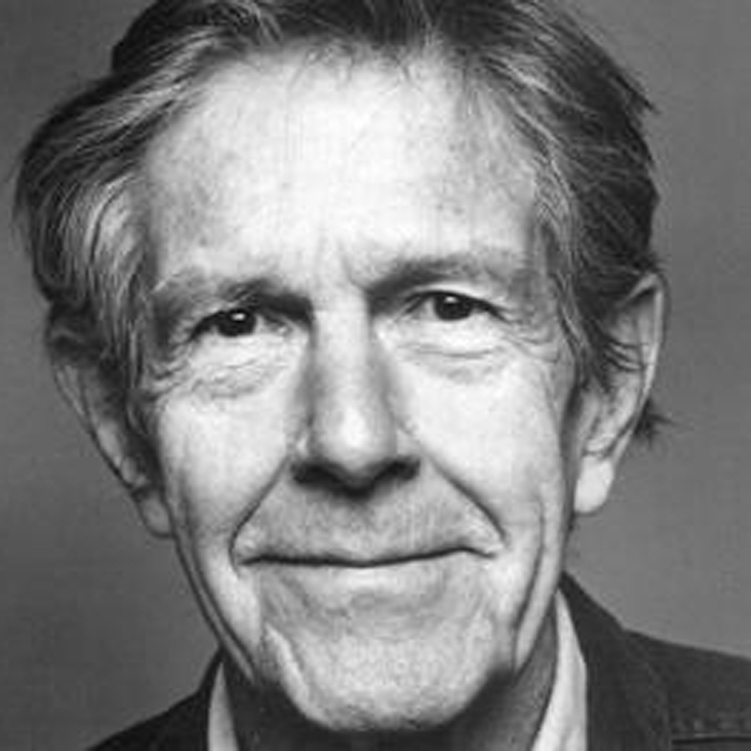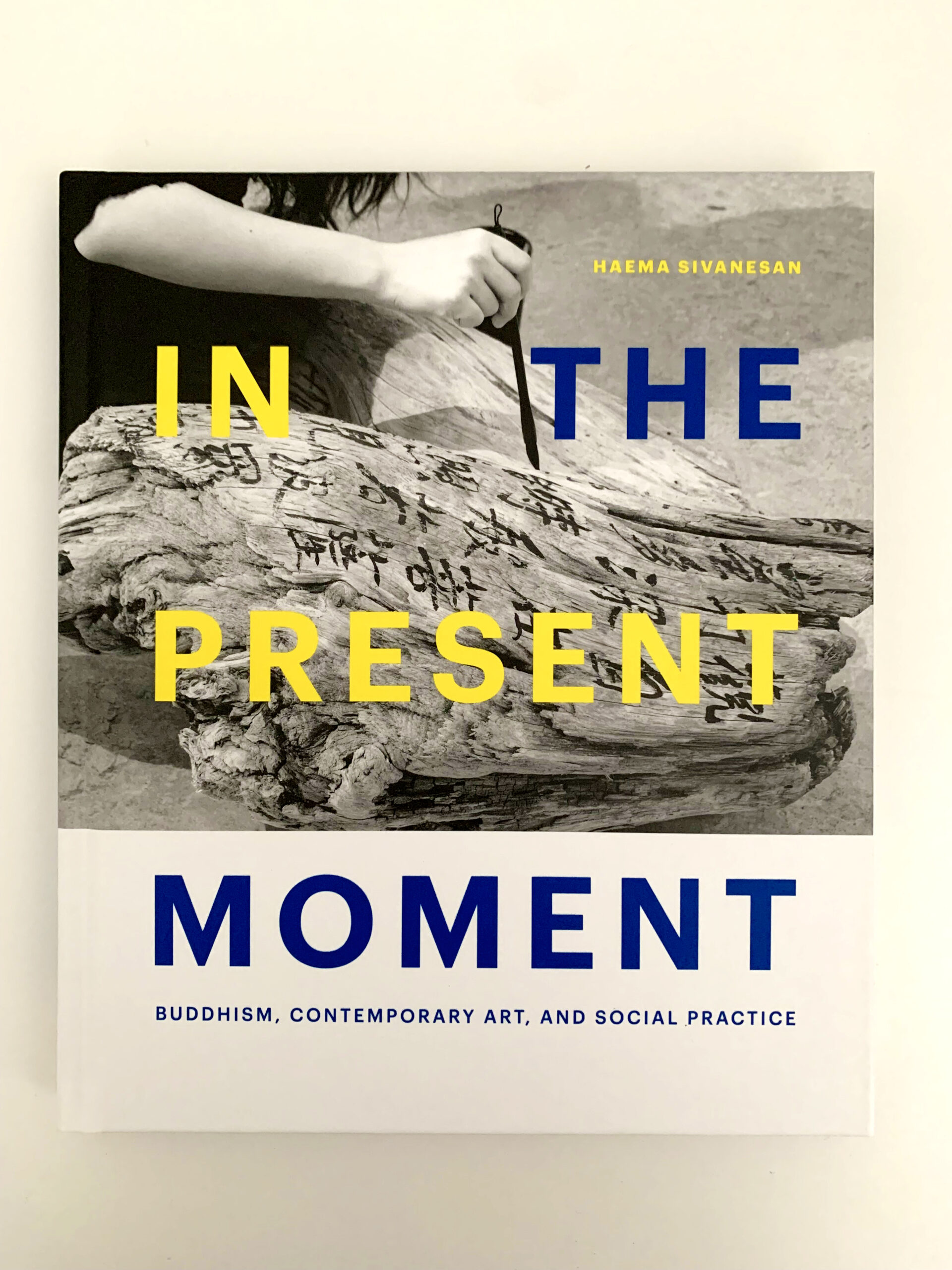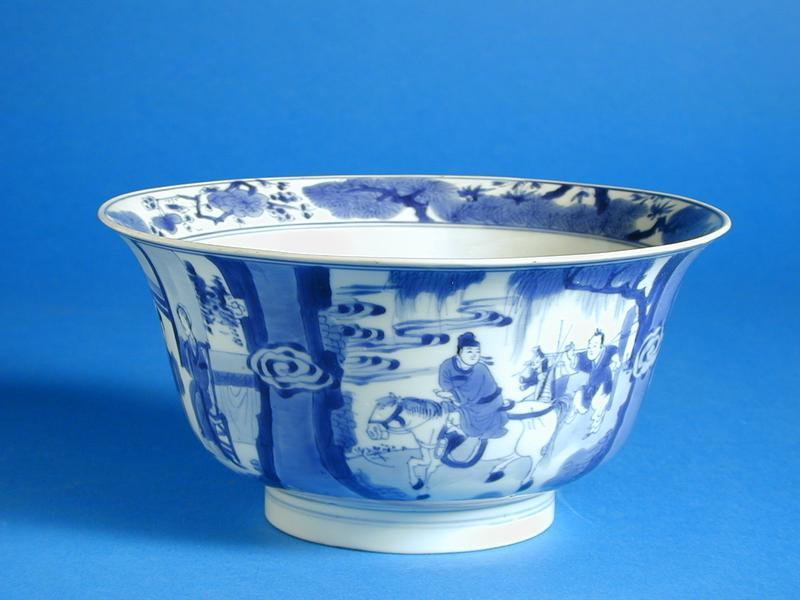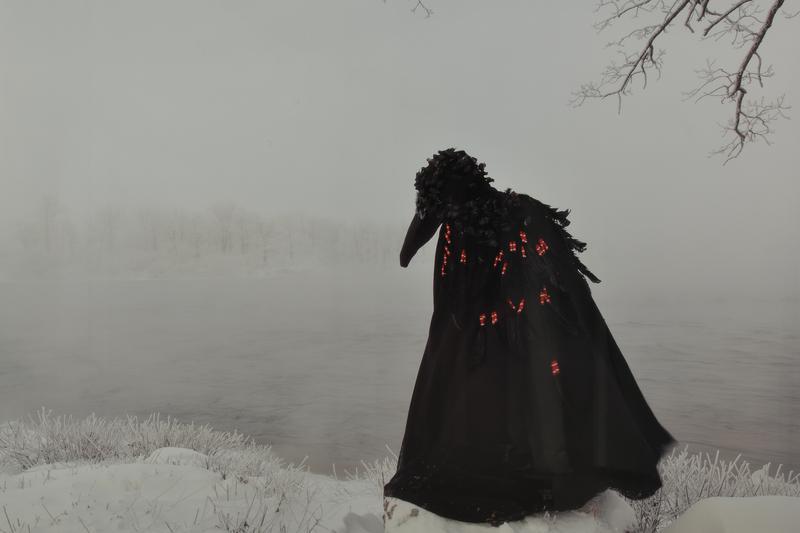By Audrey Wang, AGGV Volunteer
Last Fall, scholars, theologists, art practitioners and followers of Buddhism gathered at the University of Victoria for a weekend of lectures and performances for In The Present Moment: Buddhism, Contemporary Art and Social Practice, A Research Convening, organized by the AGGV in partnership with the Faculty of Fine Arts at UVic, Multifaith Services and the Centre for Studies in Religion and Society.
The opening Orion Keynote Lecture & Performance was Lecture on Nothing with acclaimed New York-based writer and art critic, Kay Larson. A practitioner of the Karma Kagyu tradition of Tibetan Buddhism, Larson also served on the Content Committee of Awake: Art, Buddhism, and the Dimensions of Consciousness, a major colloquium at Green Gulch Zen Center in Marin County, California. In 2012, she published Where the Heart Beats: John Cage, Zen Buddhism, and the Inner Life of Artists (Penguin Press). She is currently working on a documentary film about John Cage, his contributions to world culture, and his precedent-shattering score 4’33”, which embodies all his ideas in a single interval – a mere four and a half minutes – of non-doing, non-intention, silence and the music of the world.
In opening her lecture, Larson describes three worlds: Buddhist teaching, visual artists (including all other artists) and John Cage’s life that intersects these two categories. She poses the question, “how do we choose our teachers?” Having read Cage’s book ‘Silence’ and as a Zen practitioner, Larson found Cage’s work to be significant for the purposes of her practice, and thus, she was inspired to follow his life, discover what choices he made and questions he asked.
“This book has been a fifteen-year journey into the world of John Cage, who was teacher to so many, and who taught me, too. As real Zen teachers do, he modeled a way of life for me. This kind of teaching doesn’t need physical proximity. It is best displayed within the life of the person who teaches. What choices did he make? Why did he make them? What questions did he ask? Cage modeled a life that lives on in the daily moments of those who knew, loved, and were taught by him.” – Kay Larson
John Cage is best known for 4’33” (1952). To Cage, the material of music is sound and silence. Larson quotes from Lecture On Nothing: “I am here, and there is nothing to say.” And most famously, “I have nothing to say and I am saying it”. The effect of 4’33” is demonstrated through Cage’s contemporary, David Tudor who, in one performance sat at the piano, opening and closing the keyboard cover and sitting still in silence. Larson explains the ritualistic performance was Tudor creating non-intentional music, something no one else has composed yet.
Larson likens 4’33” to the experience of a metaphoric flowing stream. We all possess this stream of thought but we don’t pay any attention to it. Every performance of 4’33” is different in its experience, because of the environment, audience, state of mind and so on. 4’33” was conceptualized as a “mind object”. Larson declares that with 4’33”, Cage created the first piece of conceptual art in the post-modern sense. The mind and the flow are different but the stream is the same.
In September 1950, Japanese Zen scholar D.T. Suzuki introduced Cage to Zen Buddhism, a pivotal moment in his entry into Buddhism and its relation to his life and work. At the time of their getting acquainted, Cage was feeling distressed, and Suzuki expounded that he had trouble with Ego. Suzuki taught him about the Ego and how empty thoughts were destructive, so one had to let go of them, a part of a cause and effect reaction. He advised Cage to let go of the Ego, and in its place, work or do whatever else that needed done. Let go of cause and effect, let go of desire, and only then can you write music.
Cage was part of the Greenwich Village scene in the 1950s. He first gave his Lecture on Something at the Artist’s Club in 1950, followed by Lecture on Nothing. Cage explained that one had to look into all of the “somethings” in order to find the “nothing”. According to Cage, Something = Earth while Nothing = Heaven. Form is emptiness and emptiness is form. These dichotomies of earth/heaven, something/nothing were also related to the work of his visual art contemporaries such as Jackson Pollock, Willem de Kooning and Marcel Duchamp.
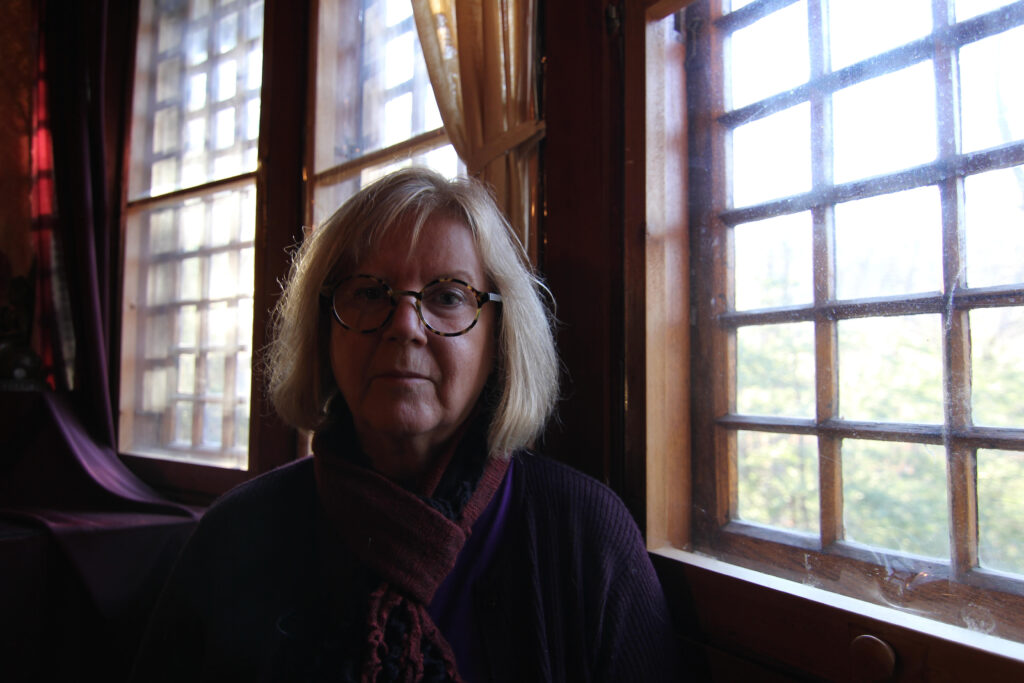
Larson explains that the essence of Cage’s Lecture On Nothing is about the process of being here now. In this work, Cage created the first process art in the Western world, art as being observant of the art of process and being in the process. Larson compares Cage’s handwritten score to Robert Rauschenberg’s white painting – just white and “empty”. Cage’s work is also comparable to the visual arts of the time when minimalism was a prevalent movement of the era. Artists involved in process art included Robert Morris and Duchamp. In the early 1950s, life and art were indistinguishable for Cage.
4’33” comprised of three sets of empty durations. Emptiness – nothing is there, and everything is there, making them empty durations. A duration that is empty can be filled with anything. We create what’s in-between – life. We take responsibility for it, with the freedom that your life is open and you choose whatever you want. Silence – no music, yet music of the world.
Larson concluded her lecture with a collaborative performance of John Cage’s Lecture on Nothing with musicians and readers directed by Christopher Butterfield and a score by Kay Larson.
